With the increasing number of mountain-climbers and enthusiasts conquering the worlds highest peak, the amount of trash and useless equipment is increasing too. At least 600 people have scaled the peak this year alone. Empty gas cylinders, tents, climbing equipment and even human waste is being dumped by the climbers, not really caring about the environment. Meanwhile, the melting ice is exposing more waste left along the trail since Edmund Hillary and Tenzing Norgay first successfully reached the peak 65 years ago.
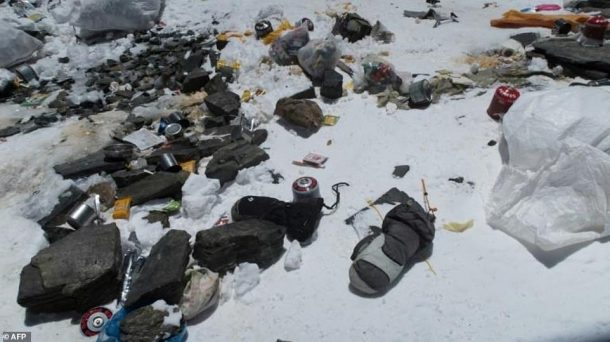
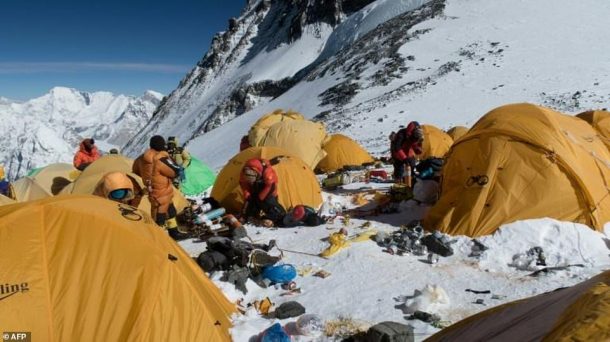
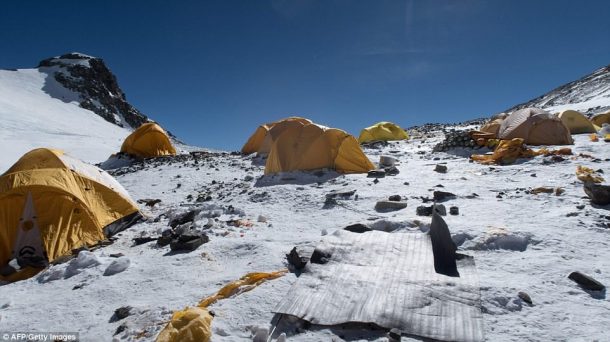
Five years ago, Nepal initiated a scheme to clean-up the summit. A $4000 reward was given per team to bring at least 8kg of rubbish back from the top. On the Tibet side of the Everest, climbers are required to bring the same amount and are fined if they don’t. According to the Sagarmatha Pollution Control Committee, climbers brought down almost 25 tonnes of garbage and 15 tonnes of human waste in 2017.
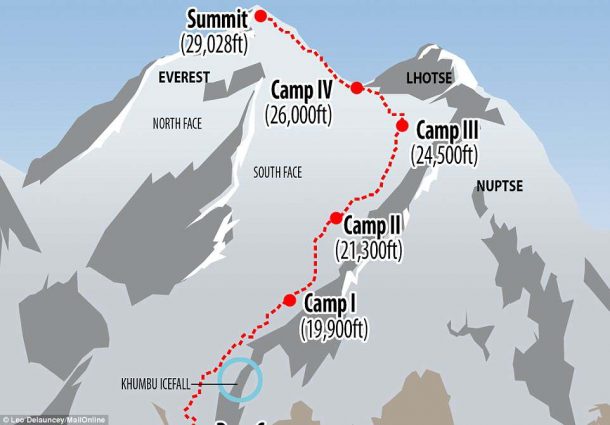
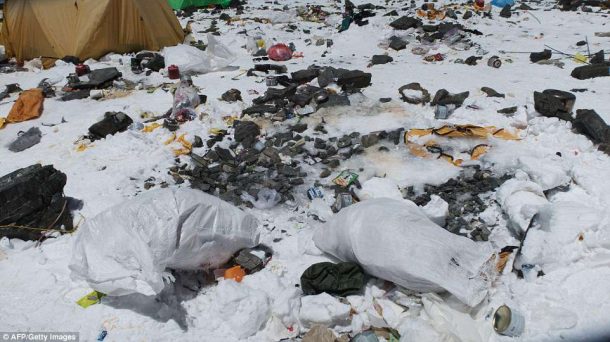
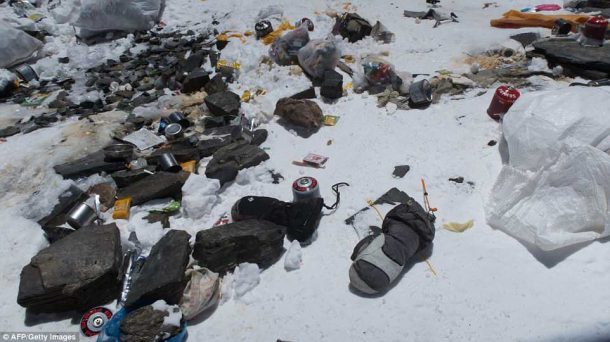 Sherpas were also assigned the task of bringing the waste. Back then, climbers used to carry their own gear. But now, most of the climbers cannot manage the extra tanks and luggage and leave it on the Sherpas to carry it.
Sherpas were also assigned the task of bringing the waste. Back then, climbers used to carry their own gear. But now, most of the climbers cannot manage the extra tanks and luggage and leave it on the Sherpas to carry it.
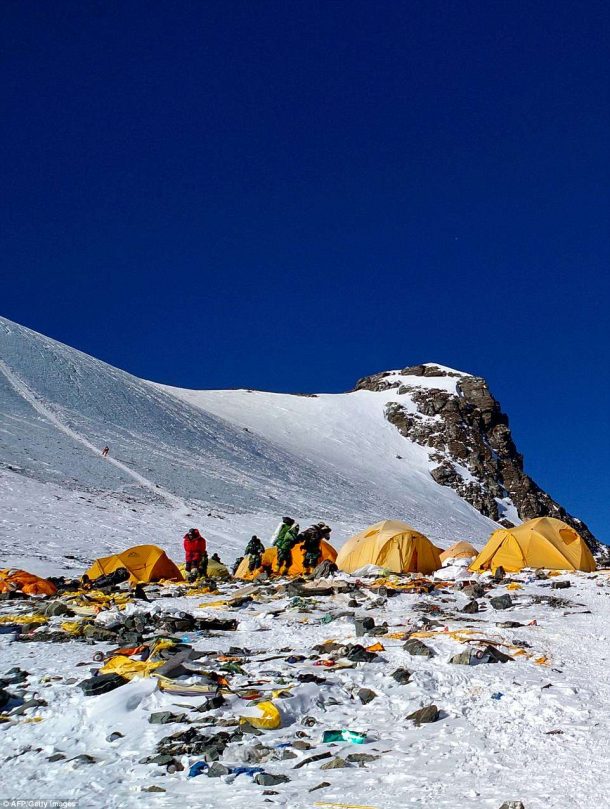
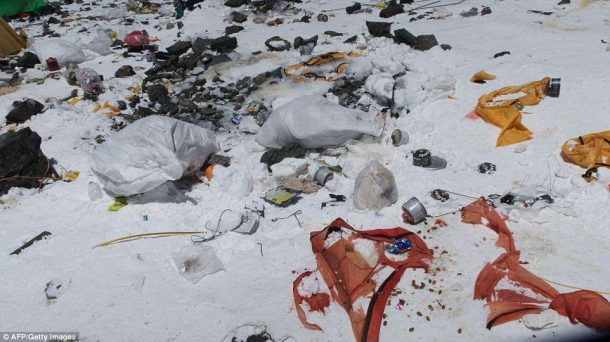
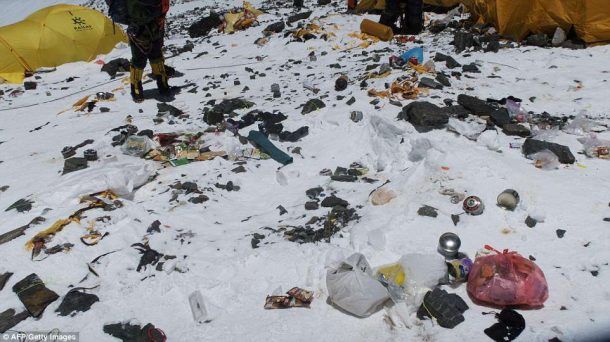
Environmentalists are concerned that this pollution is disturbing the water in the valley. The raw sewage is carried all the way to the next village to be dumped. Installation of biogas plant near the base camp is also being considered. Another solution can be dedicated rubbish collecting teams, says Ans Tsering Sherpa, former President of Nepal Mountaineering Association. His expedition operator “Asian Trekking” has already brought down 18 tonnes of garbage in addition to the 8 kg climber quota.


